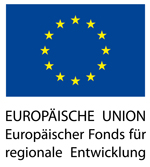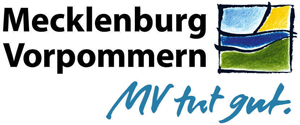ASTM F2193 Components of Spinal Implants
We offer various test methods for the mechanical characterization of the components of your individual spinal implants according to ASTM F2193. From the following range, we will select the appropriate test procedures for the components of your individual spine implants:
- Test methods for determining the mechanical properties of metallic screws
The metallic screws of the spinal implants are tested according to ASTM F543 for cortical bone screws. However, an adjustment of the test standard is made with regard to the specification of the test-blocks chosen and the speed of rotation (30 rpm). - Static bending test of metallic screws
The bone screw is screwed into a test-block made of a standardized material and a lever element is fixed to the screw head. At a constant speed (max. 25 mm/min), a load is applied via the lever element and perpendicular to the medial axis of the screw. A force-displacement curve is recorded and evaluated with regard to the bending properties. - Dynamic bending test of metallic screws
The bone screw is clamped according to the static test and is loaded over a defined number of cycles. The load should be 75, 50 or 25% of the flexural strength and with a frequency of max. 30 Hz. First, an M-N diagram (maximum bending moment versus number of cycles) is established and the fatigue strength is determined. - Test method to determine the mechanical properties of metallic plates
The metallic plates of spinal implants are tested according to the test standard ASTM F382 for bone plates. - Test method to determine the mechanical properties of metallic rods
The metallic rods of the spinal implants are tested according to the test standard ASTM F382 for bone plates. - Specification of self-cutting screws
In order to determine the axial force at which the self-cutting action of the screw begins, the screw is screwed into a pre-drilled test-block with increasing axial force (1-3 N/s) and a speed of 30 rpm. - Specification of the Drive Connection
The connection between the screw head and a bit (drive connection) is specified.
The tests should be carried out under laboratory conditions (air and
room temperature), but can also be repeated in a Ringer solution at 37
°C, if necessary, in order to simulate the physiological ambient
conditions and to consider possible corrosive effects.
In addition to the mechanical characterization of the various components, we are happy to advise you about the correct marking, packaging and the contents of the manufacturer's information to be attached.





